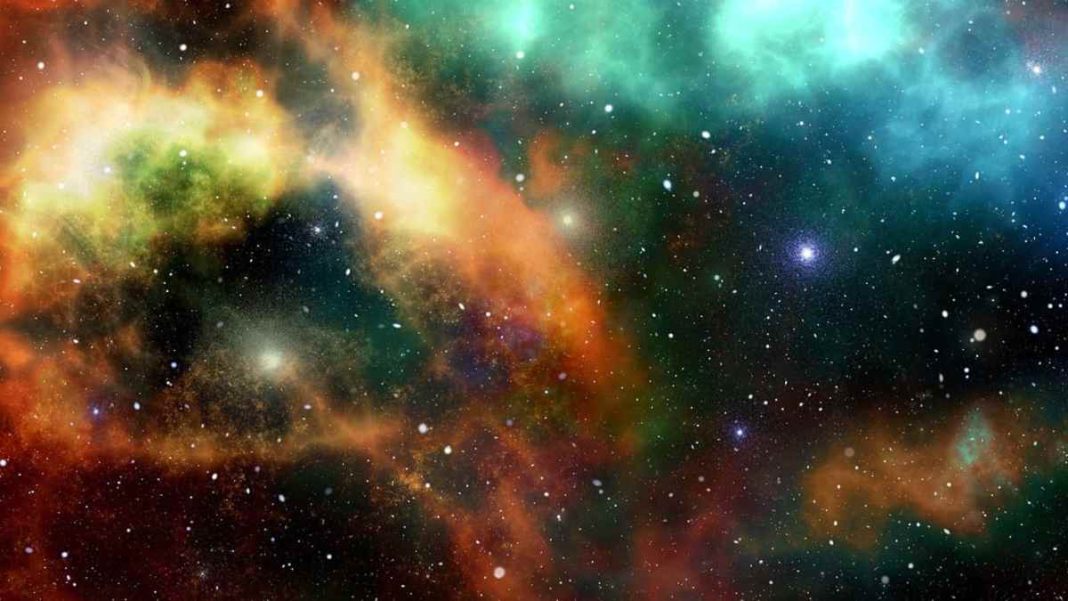UNITED STATES: A groundbreaking study conducted by a team of U.S. astronomers has revealed that approximately one-third of the planets orbiting M dwarfs, commonly known as red dwarf stars, may reside within the coveted habitable zone.
This discovery could have significant implications for the future of exoplanet research and the search for extraterrestrial life beyond our solar system.
The study, led by University of Florida doctoral student Sheila Sagear and Professor Sarah Ballard, delved into the eccentricity of over 150 planets found orbiting M dwarfs.
The researchers found that two-thirds of these exoplanets are exposed to extreme tidal forces, rendering them uninhabitable due to the intense heat generated by tidal heating.
However, the remaining one-third of the planets exhibited orbits that were both close enough and gentle enough to potentially retain liquid water—a key ingredient for supporting life as we know it. This finding underscores the importance of investigating red dwarf stars as prime candidates for hosting habitable planets.
Sagear expressed the significance of this result for the next decade of exoplanet research, noting that scientists’ attention is increasingly turning towards this particular population of stars.
Red dwarf stars, being smaller and cooler than our Sun, offer excellent opportunities to search for small planets orbiting within the habitable zone—where conditions might allow liquid water to exist.
The researchers utilised data from NASA’s Kepler space telescope and ESA’s Gaia telescope to analyse the planets’ orbits. Of particular interest was the duration it took for the planets to transit across their host stars, providing crucial information about the distance between the planet and its star.
By examining these orbital characteristics, the study found that stars hosting multiple planets were more likely to have circular orbits that could maintain liquid water.
On the other hand, stars with a single planet were prone to experiencing extreme tidal forces that would sterilise the planetary surface, making it inhospitable for life.
Based on their analysis of this small sample, the researchers extrapolated that within the Milky Way galaxy, there could be hundreds of millions of potential targets with orbits gentle enough to support liquid water.
This revelation opens up a vast number of locations for future investigations in the quest to detect signs of life beyond our solar system.
The study conducted by Sheila Sagear and Sarah Ballard on the orbital eccentricity distribution of planets orbiting M dwarfs represents a significant advancement in our understanding of exoplanets and their potential habitability.
As our knowledge of these distant worlds continues to expand, so does the possibility of uncovering evidence of life in the vast expanse of the universe.
With the research community’s focus shifting towards red dwarf stars, the next decade promises exciting discoveries and further insights into the possibility of finding habitable environments.
Also Read: NATO Soldiers Wounded in Kosovo Clashes with Serb Demonstrators



